by Selina Tan
Taplejung is a municipality in the Mechi Zone in the northeastern part of Nepal. Derived from the words Taple and jung, Taple refers to the medieval Limbu king who was the ruler of the area while jung in the Limbu language means fort. Taplejung is thus literally translated as Fort of King Taple. One of the most beautiful areas in eastern Nepal, Taplejung has spectacular landscape. Here are the five top spots that you have to visit in Taplejung.
1 Pathibhara Devi Temple
One of the major attractions of Taplejung, the Pathibhara Devi Temple is a haven for tourists seeking spiritual fulfilment and blessings. The trek to this holy ground – perched on a mountain 3,794 metres high – rewards visitors with a unique cultural experience exclusive to this region after an exhilarating climb. On the way up, one can discover myriad species of rhododendron.
2 Panchthar
Less than two hours’ drive from Taplejung, Panchthar District captivates travellers with a multitude of surprises. The beautiful, crystal clear Timu Pokhari lake draws pilgrims every year, particularly during the September period when the water ceases to be covered in ice. In addition to general agriculture, the district’s headquarters at Phidim also grows high quality tea and produces a large quantity of rice paper.
3 Tamur River
The Tamur is a major body of water running through eastern Nepal. Together with the trans-boundary Arun, it joins the Sun Kosi at Tribenighat to form the mighty Koshi. The snowmelt from Mount Kanchenjunga, the world’s third highest peak, feeds this stunning lesser-known tributary, which offers amazing mountain views and an exciting adventure for daredevil rafters.
4 Khangchendzonga National Park
Approximately 60 kilometres from Taplejung Municipality, the Khangchendzonga National Park extends from the cold deserts of Lhonak Valley to the historical Yuksom. The park is endowed with a splendid wilderness interspersed with sacred lakes such as the Khecheopalri and the Teesta river.
5 Panchthar-Ilam-Taplejung Red Panda Protected Forest
The Panchthar-Ilam-Taplejung region of eastern Nepal harbours one of the most biologically diverse areas in the world. This region also plays home to eastern Nepal’s most extensive Lithocarpus forests and the Himalayan yew (Taxus wallichiana). The forest is critical to the survival of Nepal’s red panda population, a quarter of which (approximately 100 individuals) dwells in the 178 square kilometres of habitat.
Check out the rest of this article in Asian Geographic No.136 Issue 3/2019 here or download a digital copy here


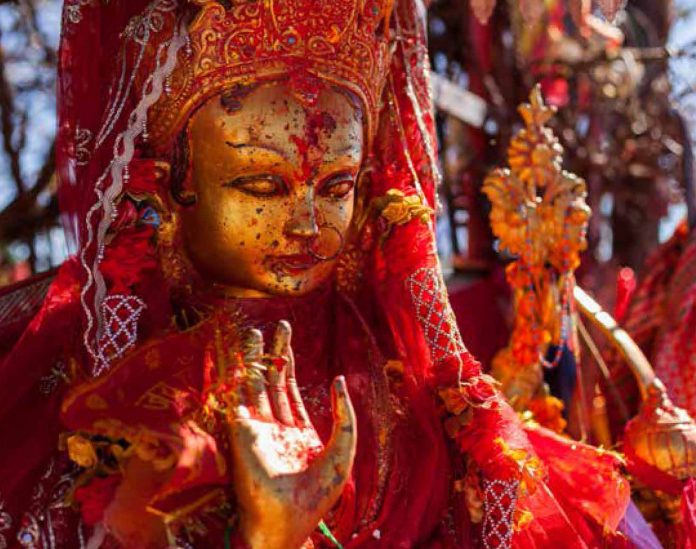
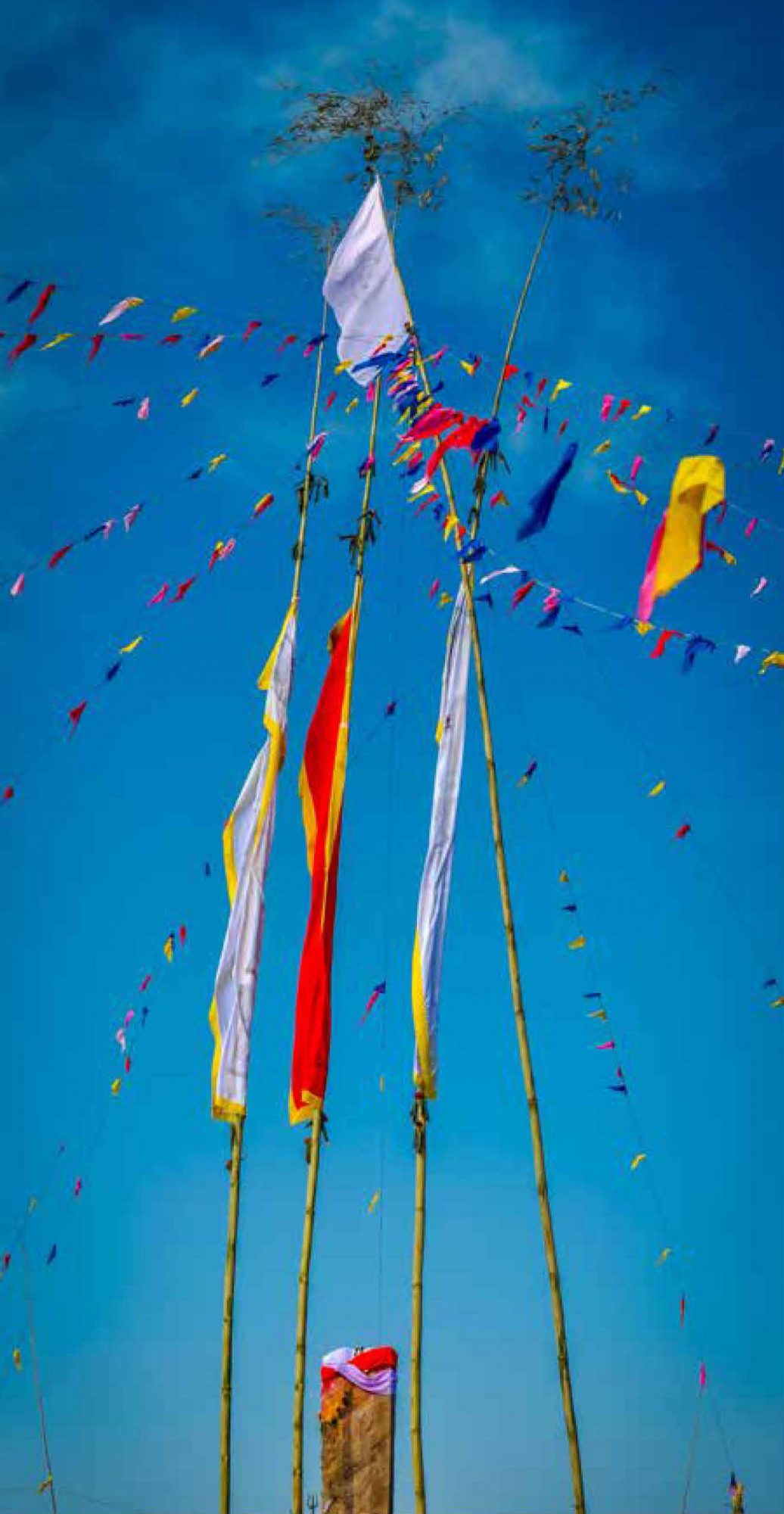
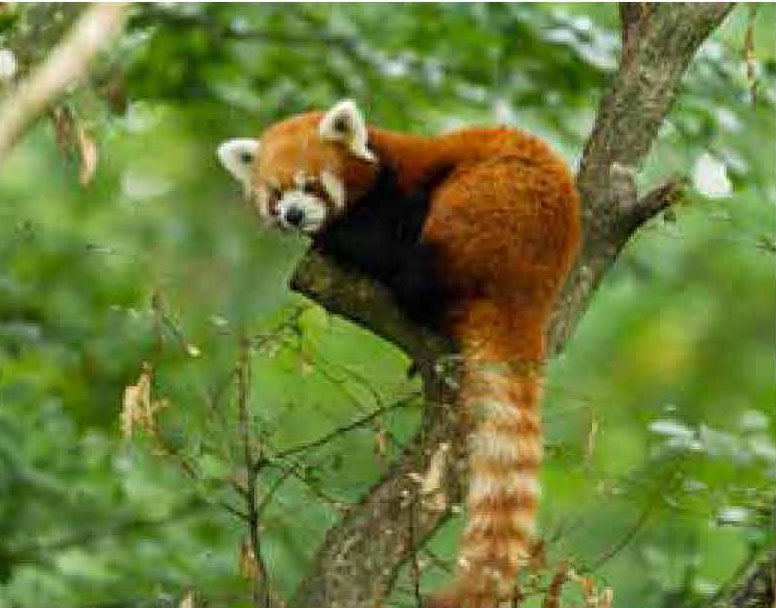
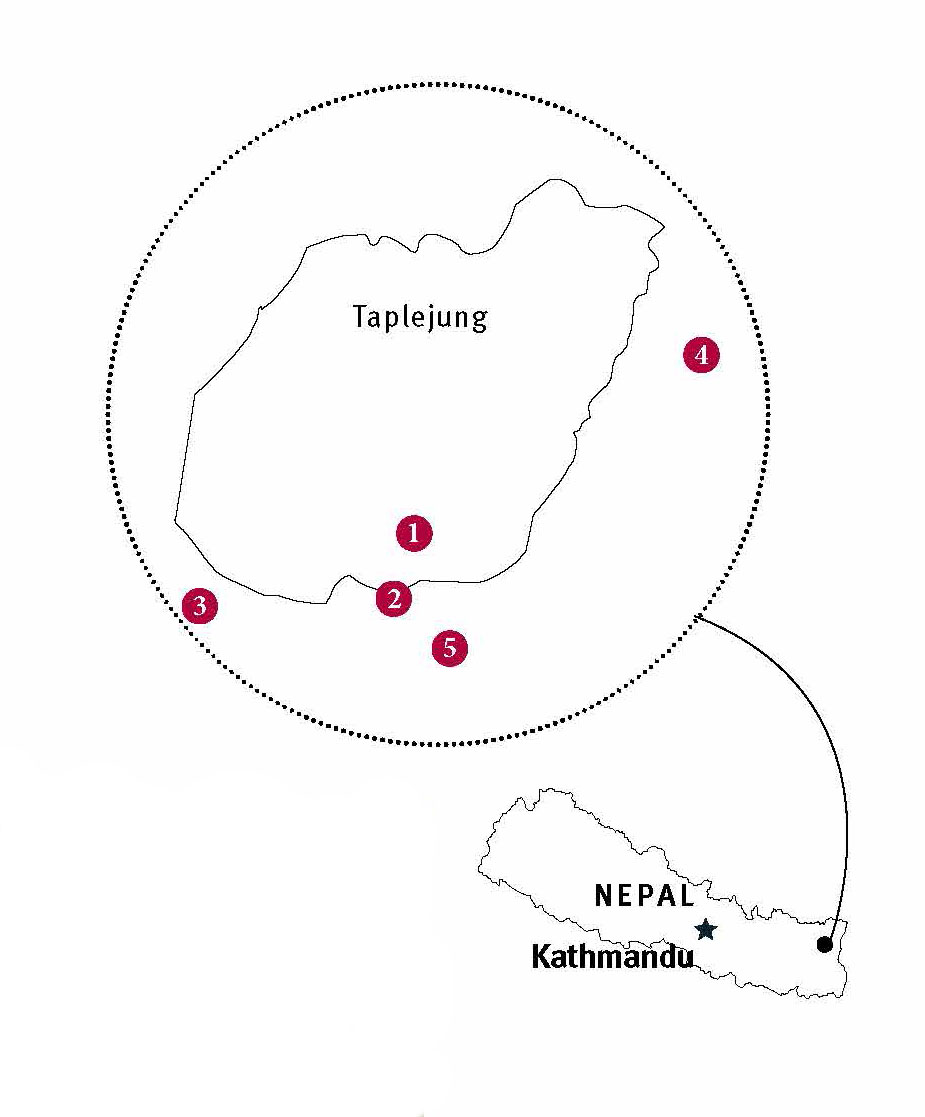

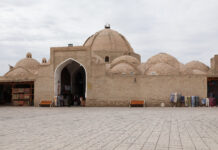

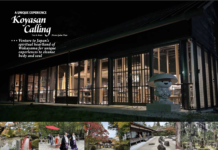
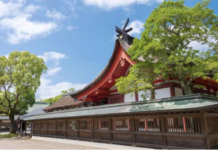
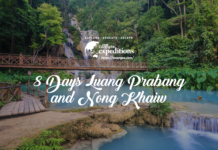



There are still many place example Fungfunge jharana and timbung pokhari etc.